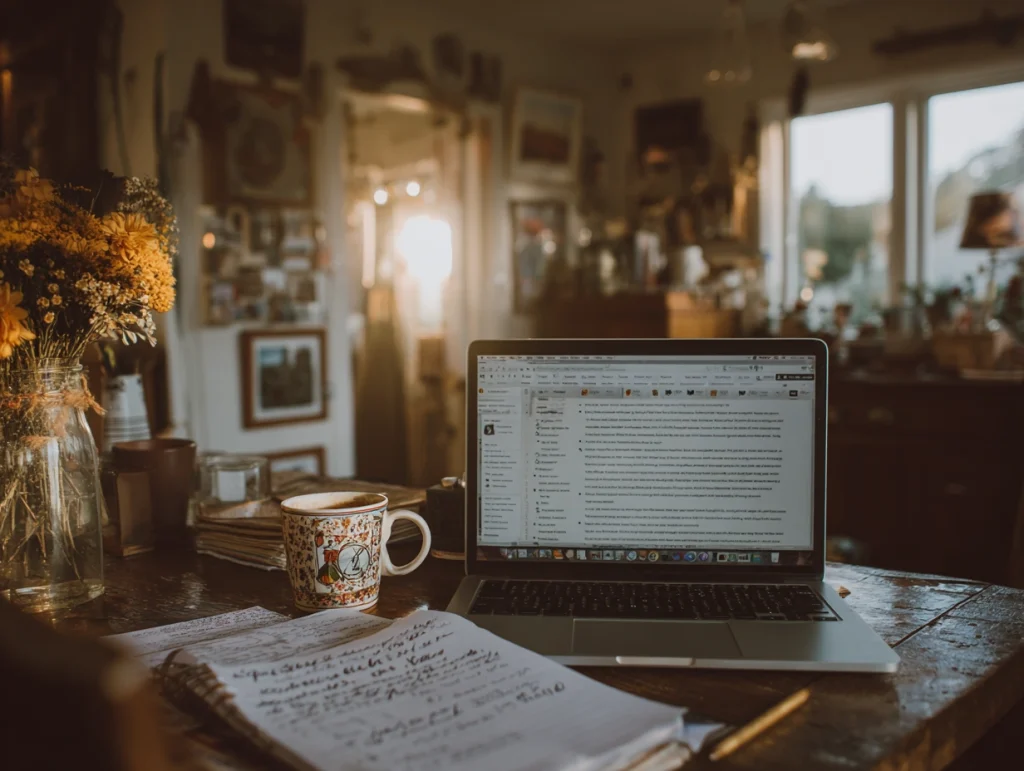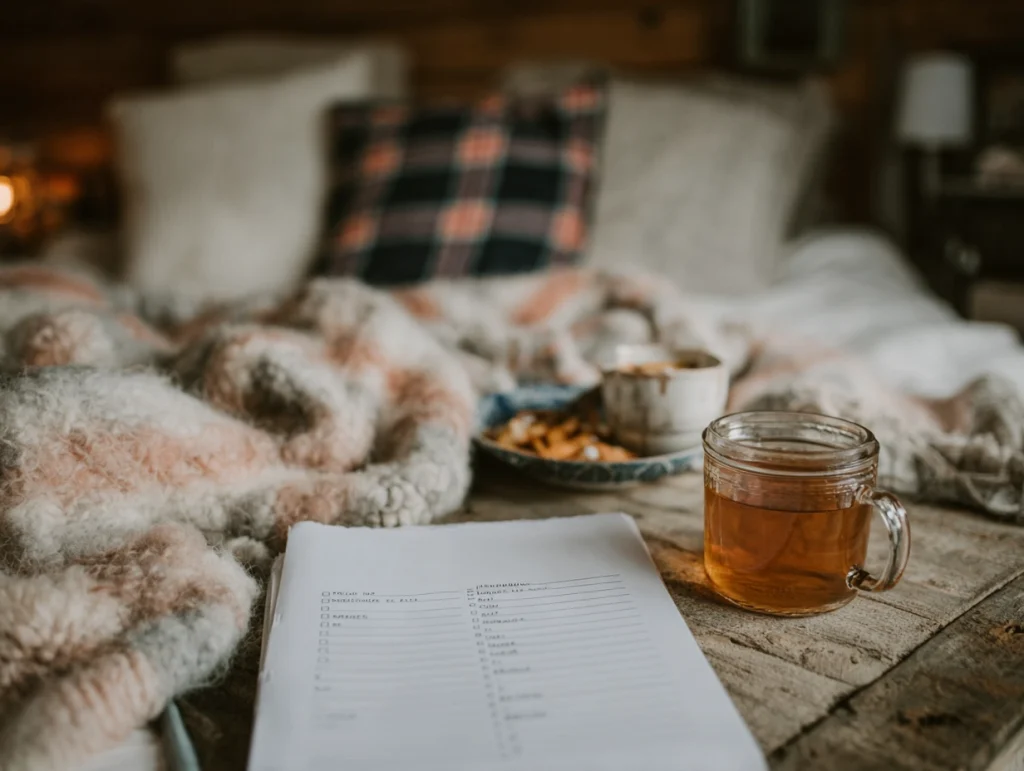How I Finally Started Saving Money
Lately, I’ve been having a lot of “Where did all my money go?” moments. Not in a dramatic, life-is-falling-apart kind of way, but in that quiet, creeping way where you check your bank account and feel a little sick. I realized that even though I thought I was being smart with money — meal prepping, skipping Uber rides, not buying fancy lattes — something still wasn’t clicking.
So I started paying closer attention. Not to big financial strategies or complex budget apps, but to the tiny, everyday decisions that were slowly draining my wallet. That’s where these simple tips come in. They’re not magic, but they did help me start saving money fast — without overhauling my life.
If you’re in that same “I need to get it together ASAP” phase, here are the small changes that actually made a difference for me.

1. Track Every Single Expense — Yes, Even That $3 Snack
This was the first eye-opener for me. I started writing down everything I spent — even small things like parking meters or last-minute grocery grabs. It was wild to see how much money I was burning without realizing it.
I used a simple notes app for the first week and then switched to a free budgeting app. No categories, no judgment — just awareness.
I found out I was spending $120 a month on little snack runs. I could’ve sworn it was way less, but it added up fast. Once I saw it laid out like that, it was easier to pause before reaching for my wallet.
Tip: Try doing this for just 7 days. It’s a small habit with a big payoff.
2. Use the 24-Hour Rule Before Any Non-Essential Purchase
I used to buy things impulsively when I was tired, bored, or stressed — a cute top here, a random kitchen gadget there. Now, I’ve trained myself to wait at least 24 hours before buying anything that isn’t absolutely necessary.
If I still want it the next day, I consider it. But honestly? I usually forget about it.
One weekend, I almost bought a mini projector I “needed” for cozy movie nights. I waited, and two days later, I realized I didn’t even have a wall to project it onto.

3. Cancel the Subscriptions You Forgot You Had
Subscriptions are sneaky. It’s like they just sit there quietly draining your account each month while you forget they exist. I went through my bank statement line by line and found three I hadn’t used in months.
Here’s what helped me:
- I searched my email for the word “subscription” or “invoice”
- I checked my app store subscriptions
- I reviewed last month’s card charges
That cleanup alone saved me over $40/month — which I now automatically transfer to savings. Much better use.

4. Create a “No-Spend” Challenge That Actually Feels Doable
I’d seen those strict no-spend month challenges online, but honestly, they felt too intense. So I made a smaller version for myself: no takeout or coffee shop drinks for 10 days. Just ten.
And weirdly, I kind of loved the mini challenge. It felt doable and even fun to “beat the system” a little.
Here are a few easy challenge ideas:
- No clothing purchases for two weeks
- Grocery shop only from what’s already in your pantry
- No food delivery for 7 days
- Walk or bike instead of paying for transport
The key is to pick one thing and set a short, specific time frame. You’ll probably surprise yourself with how much you save.

5. Set Up Automatic Transfers — Out of Sight, Out of Spend
This one was a total game changer. I set up an automatic weekly transfer of $25 into a separate savings account that I don’t touch. It’s not a huge amount, but it adds up — and because it happens automatically, I don’t even miss it.
It feels kind of like paying a bill, except it’s paying myself. Now I treat it like a non-negotiable, just like rent or groceries.
If $25 feels like too much, start with $5. It’s more about the habit than the amount.
6. Use Cash for Spending Categories That Tend to Get Out of Control
I never thought I’d be the kind of person who used cash envelopes, but here we are. I noticed that categories like food, entertainment, and personal care were where I always overspent — so I tried setting a weekly limit in cash.
It’s shockingly effective. When the cash runs out, that’s it. No guilt, just a clear boundary.
I only use it for things that are flexible, like going out or buying random stuff. Bills and rent still stay online.
7. Reframe “Saving” as a Way to Create Breathing Room
This might sound cheesy, but shifting how I thought about saving money helped the most. It stopped feeling like restriction and started feeling like freedom — like I was giving future-me a little cushion to breathe.
When you’re not constantly scraping by or stressing about every purchase, life feels calmer. That mental relief is worth more than any impulse buy.
There was a morning when I realized I had enough in savings to cover two months of rent if I lost work. I didn’t need to use it, but just knowing it was there made everything feel lighter.

Final Thoughts
The biggest thing I’ve learned while trying to save money fast? It’s not about being perfect or extreme. It’s about paying attention — and making small changes that actually stick.
For me, that’s meant tracking my spending, building little “friction points” into my shopping habits, and treating saving money like something I do for myself — not to myself.
Some of these tips were surprisingly easy to keep up with. Others? Still a work in progress. But even the smallest shifts helped me feel more in control, and that’s a huge win.
If you’re in the same boat, just start with one thing. Honestly, even that can make a difference.




